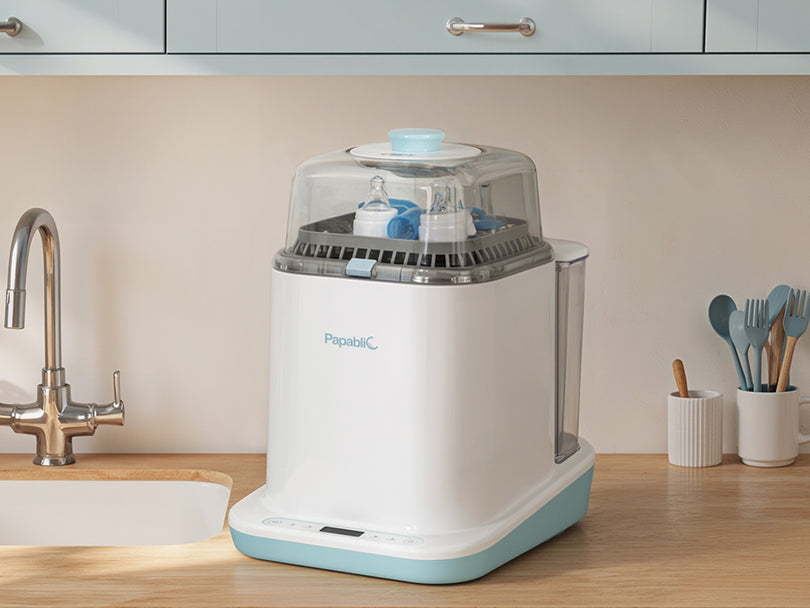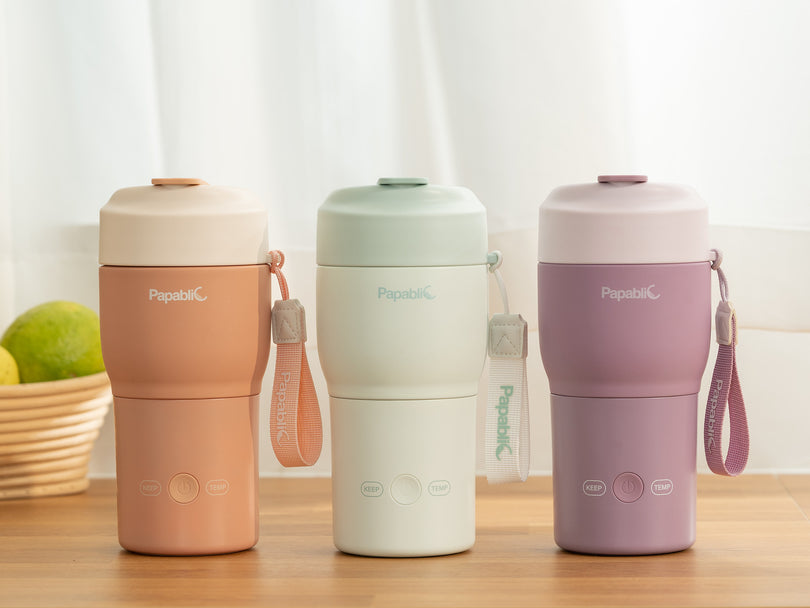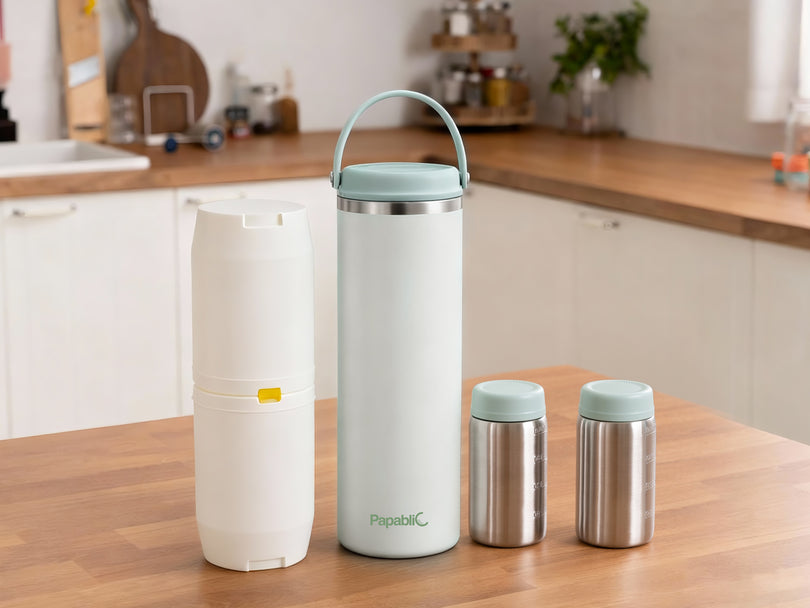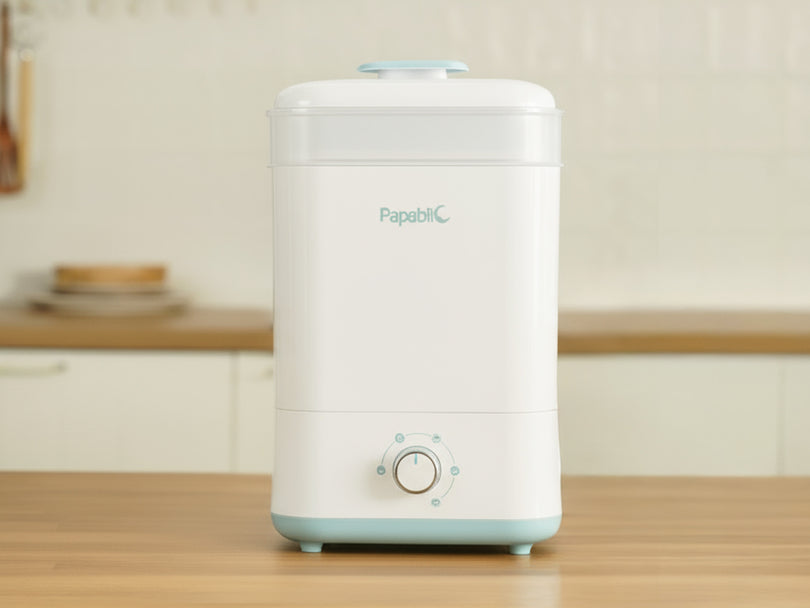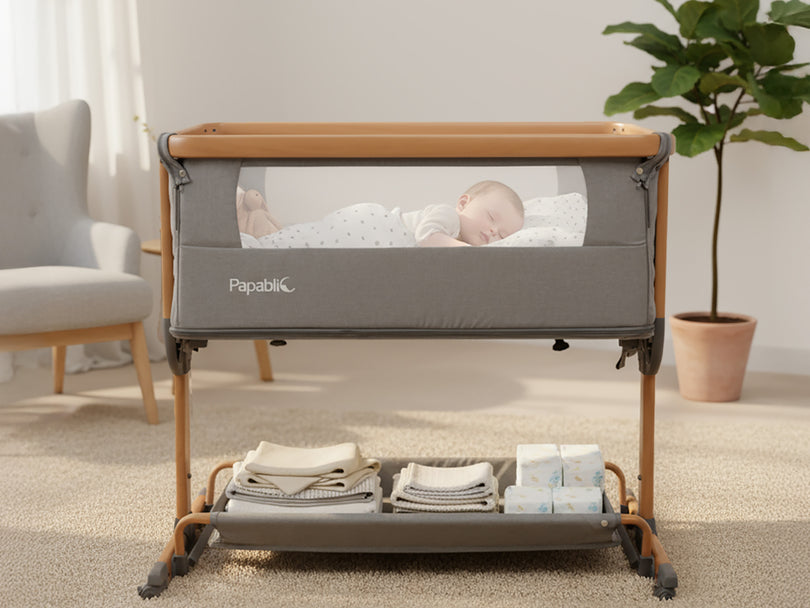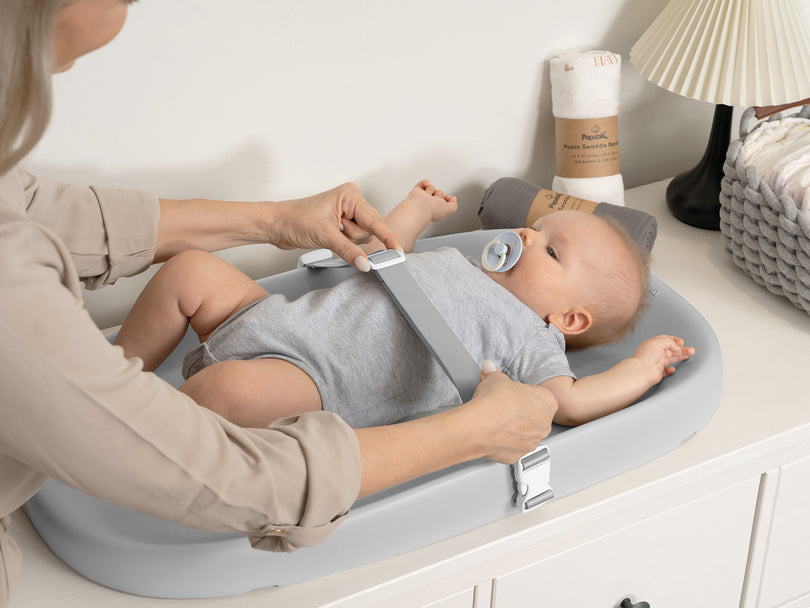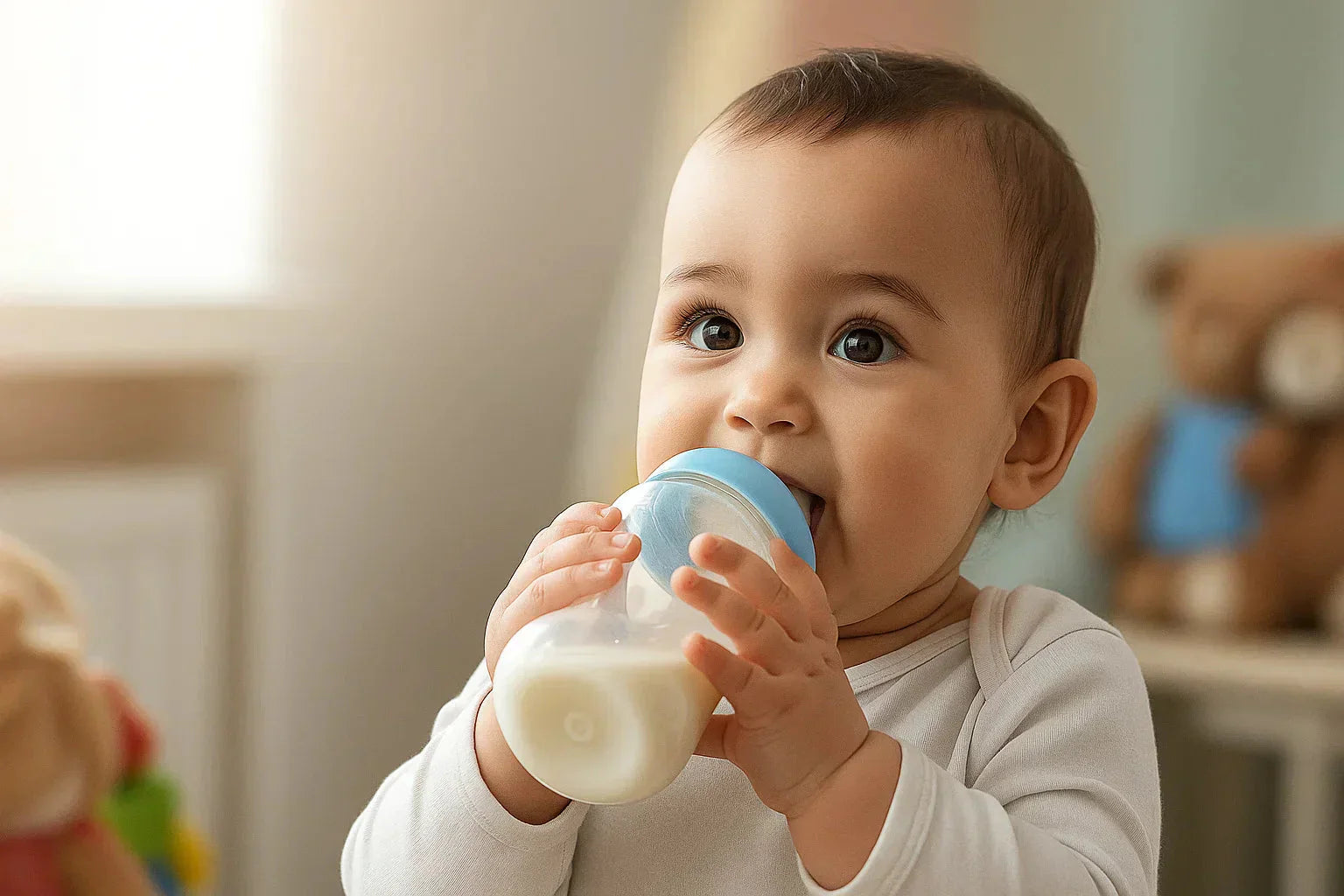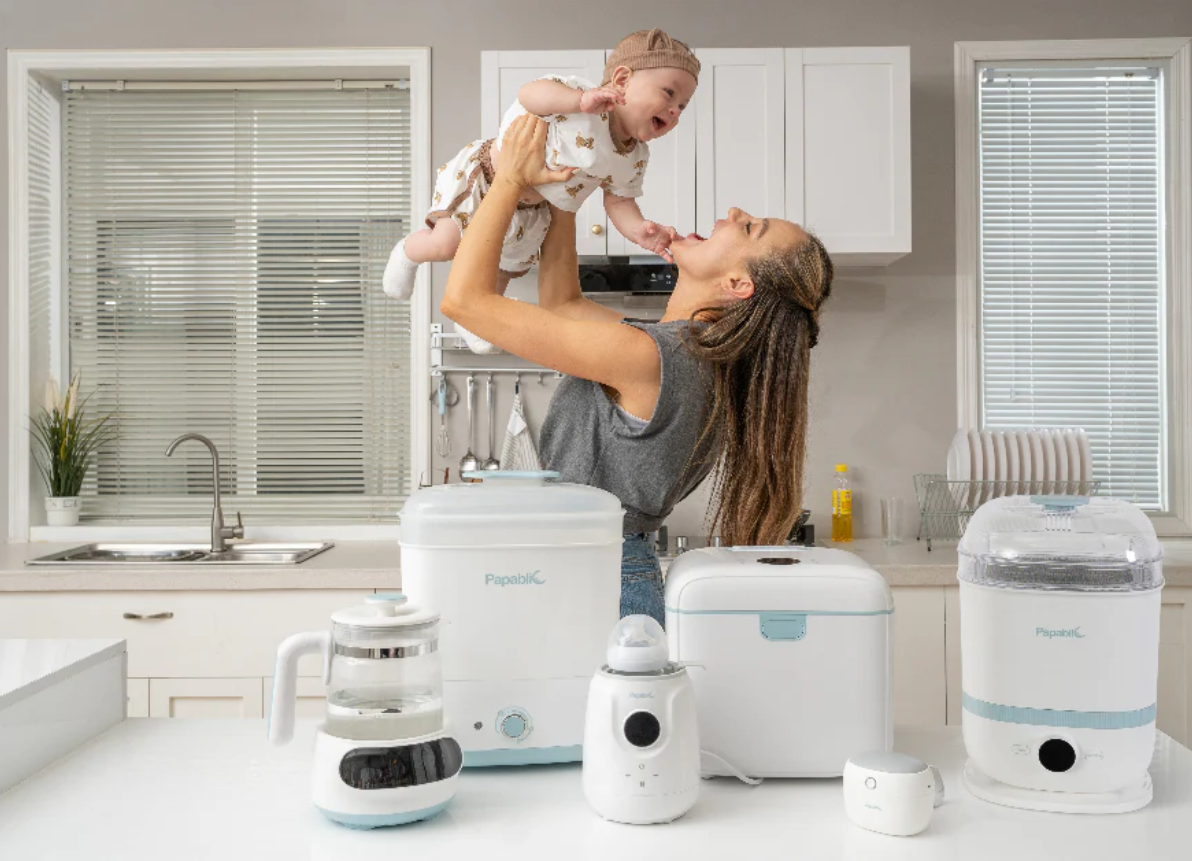Feeding your baby is supposed to be a special time. But when your newborn cries at every feeding, it can feel confusing and upsetting. You might ask, “Is something wrong? Am I doing this wrong?” The truth is, newborn crying when feeding happens a lot.
One study in Pediatrics (2021) found that up to 30% of babies under three months cry often during or after feeding. The good part is that most of these problems don’t last long and can be fixed. In this article, you’ll learn why newborn crying when feeding, what you can do to help, and when you should ask a doctor.
What’s Behind Newborn Crying When Feeding?
Babies cry to let you know something. Crying does not always mean pain or hunger. But if your baby keeps crying during feeding, something might be making feeding hard or uncomfortable.
The American Academy of Pediatrics (AAP) says that fussing or crying during feeds can come from things like feeding position, milk flow, or small health problems like reflux or allergies. In my case, small changes often helped. But sometimes, I needed help from a doctor, especially when there were other signs like slow weight gain or throwing up often.
6 Reasons Your Baby Might Cry While Feeding
Feeding a baby is not only about hunger. It’s also about feeling calm and safe. If your baby cries during or before feeding, here are some reasons why that may happen.
1. Latching or Sucking Problems
Feeding takes practice. Some babies can’t latch well or suck strong enough. This can make them cry even if they’re hungry.
2. Milk Flow Is Too Fast or Too Slow
Some babies get upset if milk comes out too fast. Others cry if it’s too slow. The speed of the milk matters more than how much there is.
3. Gas or Colic
Babies often swallow air when feeding. This can cause gas pain. Colic can also make babies cry a lot, even after feeding.
4. Reflux (Spit-up or Silent)
If your baby spits up often, arches their back, or cries after eating, reflux might be the reason. Some babies have “silent reflux” with no spit-up, but still feel burning inside.
5. Food Sensitivities or Allergies
Some babies are sensitive to ingredients in breast milk or formula. If your baby has a rash, diarrhea, or cries during most feeds, they might be reacting to something they ate.
6. Too Tired or Overstimulated
Sometimes, babies cry not because they’re hungry, but because they’re tired or have too much going on. They may need rest before eating.
How to Help a Crying Baby During Feeding
Once you have some idea of why your baby is crying, you can try different things. All babies are different, so you might need to try more than one way.
Here are some things that can help:
Hold your baby upright. This can help with swallowing and reduce spit-up.
Burp often. Try burping your baby every few minutes, not just at the end.
Keep things quiet. Turn off loud sounds or lights so your baby can focus.
Try different bottle nipples. A slower or faster flow might help.
Comfort first. Some babies need a cuddle or calm time before they eat.
Using well-designed tools like a bottle warmer and sterilizer can also ease the process—ensuring milk is always the right temperature and bottles stay hygienically clean.Among these tools, some trusted brands like Papablic have developed baby care baby products specifically aimed at improving the feeding experience through science-backed design.

Is It the Breast, the Bottle, or Something Else?
You might start to wonder if the way you feed your baby is the problem. Are you breastfeeding? Bottle feeding? Doing both?
The truth is, babies can cry no matter which method you use. What matters most is how the feeding feels for them.
-
Breastfeeding: Problems can come from poor latch or slow milk flow.
-
Bottle-feeding: Crying might happen if the nipple is too fast, the milk is cold, or the formula causes gas.
-
Mixed feeding: Switching between breast and bottle can confuse some babies.
Instead of blaming one way or another, focus on what your baby seems to like or dislike. Let their
Simple Products That May Help (With Real Pros and Cons)
While no product can replace a parent’s touch or intuition, there are a few well-designed tools that can make feeding time smoother especially if your newborn is crying when feeding due to gas, reflux, or discomfort. Here are some specific items that many parents, including myself, have found genuinely helpful:
1. Dr. Brown’s Natural Flow Anti-Colic Bottles
If your baby often cries due to gas or colic, this bottle is worth trying. Dr. Brown’s bottles use an internal vent system that helps reduce air bubbles, which means less swallowed air and fewer painful gas episodes.
Pros:
Great for reducing spit-up, hiccups, and burping; especially useful for babies with reflux or colic. The narrow nipple shape also mimics breastfeeding well.
Cons:
It has many parts to clean, which can be time-consuming, especially during night feeds. Also, some babies don’t take to the shape right away.
2. My Brest Friend Original Nursing Pillow
If you’re breastfeeding and your baby cries during latching or feeds, positioning might be the problem. This pillow helps keep your baby at the right height and angle, making feeding more stable and hands-free.
Pros:
Offers strong back support for parents and helps babies stay properly aligned during feeding. The wraparound strap keeps it secure.
Cons:
It’s a bit bulky, which makes travel or storage less convenient. Not ideal for all body shapes, some parents prefer softer, more flexible options like the Boppy.
3.Papablic NutriWarm™ Swirlable Bottle Warmer
When your newborn cries during feeding, sometimes it’s not the milk or the nipple, it’s the temperature. Milk that’s too hot or too cold can quickly lead to frustration and refusal, especially for breastfed babies. That’s why choosing the right bottle warmer matters more than many parents realize.
Among baby products, bottle warmers are often overlooked, but the Papablic NutriWarm™ stands out.It was designed in line with recommendations from trusted authorities like the Academy of Breastfeeding Medicine (ABM), the CDC, and La Leche League International (LLLI), all of whom stress that warming breast milk above 104°F (40°C) can destroy essential nutrients.
Unlike traditional warmers that often overheat milk (sometimes up to 115°F), NutriWarm™ uses a gentle swirling water bath to warm evenly, no hotspots, no overheating, and no loss of nutrients. It’s the safest way to prepare breast milk without compromising its immune-supporting properties.
Pros:
-
Swirling technology preserves breastmilk nutrients.
-
Warms milk in under 4 minutes.
-
Multiple functions: warm, thaw, sterilize, swirl-only, food heating.
-
Smart memory remembers your last setting for one-touch use.
-
Compatible with most bottle shapes and materials.
Cons:
-
Slightly larger footprint than simpler warmers.
-
Higher price point but justified if you're primarily feeding breastmilk and want to follow best-practice guidelines.
4. Little Remedies Gas Relief Drops (Simethicone)
If gas is a consistent issue that causes crying during or after feeding, these drops are a commonly recommended solution. Simethicone helps break down gas bubbles in the baby’s stomach.
Pros:
Fast-acting, dye-free, and can be used up to 12 times a day. Many parents notice relief within minutes.
Cons:
It’s a short-term solution—if gas and crying are constant, it’s important to address feeding technique or potential allergies. Always check with your pediatrician before use.
5. Hatch Rest White Noise Machine
Crying before feeding is often caused by overstimulation or overtiredness. A white noise machine can calm your baby before feeding starts, helping them settle down and latch or bottle-feed more easily.
Pros:
Combines white noise, night light, and time-to-rise features in one device. Can be controlled via smartphone.
Cons:
On the higher end price-wise, and app connection may not always be reliable.

Frequently Asked Questions
1.My baby cries during every feed. Should I be worried?
Some crying is normal. But if your baby cries a lot, is not gaining weight, or throws up often, talk to your doctor.
2.Could this be a sign of reflux or allergy?
Yes. Watch for other signs like diarrhea, rashes, or back-arching. These can be clues something more is going on.
3.Will this get better?
Yes. As your baby grows, feeding usually gets easier. This hard time won’t last forever.
Final Thoughts
By now, I hope you feel more confident about understanding and easing your baby’s crying during feeds. Actually, crying doesn’t mean failure. It means your baby is trying to tell you something, and you’re listening.
This stage won’t last forever. One day you’ll feed your baby without thinking, and the crying will be a memory. For now, take it one feed at a time. You’re learning. Your baby is learning. And that’s more than enough.
Read more:
Best Practices for Warming Breast Milk: Everything You Need to Know
How to Choose the Right Bottle Sterilizer
How to Travel with a Baby: Essential Tips for Stress-Free Trips

